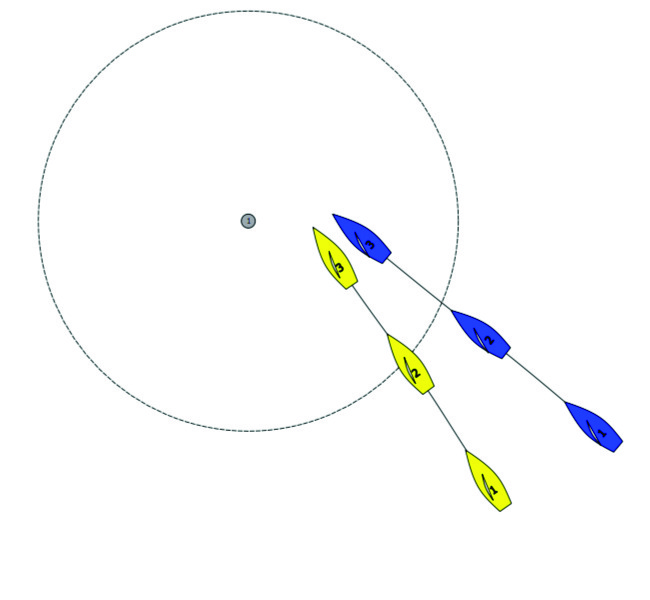Racing Rules of Sailing
The Racing Rules of Sailing (also known as just RRS) regulate the manner in which watercraft powered by wind interact in a fair and sportsmanlike way. This includes yacht and dinghy racing but extends to other areas as well such as wind and kitesurfing and even small model boats.
The sailing racing rules are significantly large and complex and change every four years. It is said that the rules of racing are as vast as the rules of cricket, rugby and football combined. Some of the “give way” rules come directly from the Convention on the International Regulations for Preventing Collisions at Sea, 1972 or simply COLREGs. Other rules are more specific and only relate to racing.
I have set out to create a comprehensive collection of explanations aided by videos, scenarios, and quizzes that hopefully provide some insight into the finer points of the rules. If you have not touched the sailing racing rules before, I recommend you have a quick look at Racing Sailing Rules Simplified which provides a quick and dirty explanation about the most important rules which hopefully will get you around the course without doing too much damage…
Throughout these posts, I have endeavoured to add “tooltips” where appropriate. These are words or phrases that have specific meanings under the rules printed in light bold. For example “mark”. If you hover over them, you will see a definition or explanation. Note that this is not identical to the italic words in the rules. These are included but are expanded on with additional meanings so you do not have to flip from page to page to remind yourself about other related rules or definitions.
Lastly, this is a work in progress and I invite comments on my interpretation of the rules and I’m also happy to answer any questions you have…
We will be primarily focusing on the rules as they apply to all. These are found in Parts 1 to 7 of the rules.
The rest of the rules are addressing specific rules for specific sports such as windsurfing or other rules that only apply to a specific demographic.
- Part 1 Fundamental Rules
- Part 2 When Boats Meet
- Part 3 Conduct of a Race
- Part 4 Other Requirements When Racing
- Part 5 Protests, Redress, Hearings, Misconduct and Appeals
- Part 6 Entry and Qualification
- Part 7 Race Organization
Table of Contents
Part 2
When boats meet
The rules of Part 2 apply between boats that are sailing in or near the racing area and intend to race, are racing, or have been racing.
However, a boat not racing shall not be penalized for breaking one of these rules, except rule 14 when the incident resulted in injury or serious damage, or rule 23.1.
When a boat sailing under these rules meets a vessel that is not, she shall comply with the International Regulations for Preventing
Collisions at Sea (IRPCAS) or government right-of-way rules. If the notice of race so states, the rules of Part 2 are replaced by the right-of-way rules of the IRPCAS or by government right-of-way rules.
Section A - RIGHT OF WAY
A boat has right of way over another boat when the other boat is required to keep clear of her. However, some rules in Sections B, C and D limit the actions of a right-of-way boat.

Rules 10-13, 21.1-21.3

Intro
Give-way rules and keep clear rules are covered in Part 2 of the rules in Section A and Section D. There are seven rules but there are also rules that limit these seven rules. This is a quick overview of what to expect…